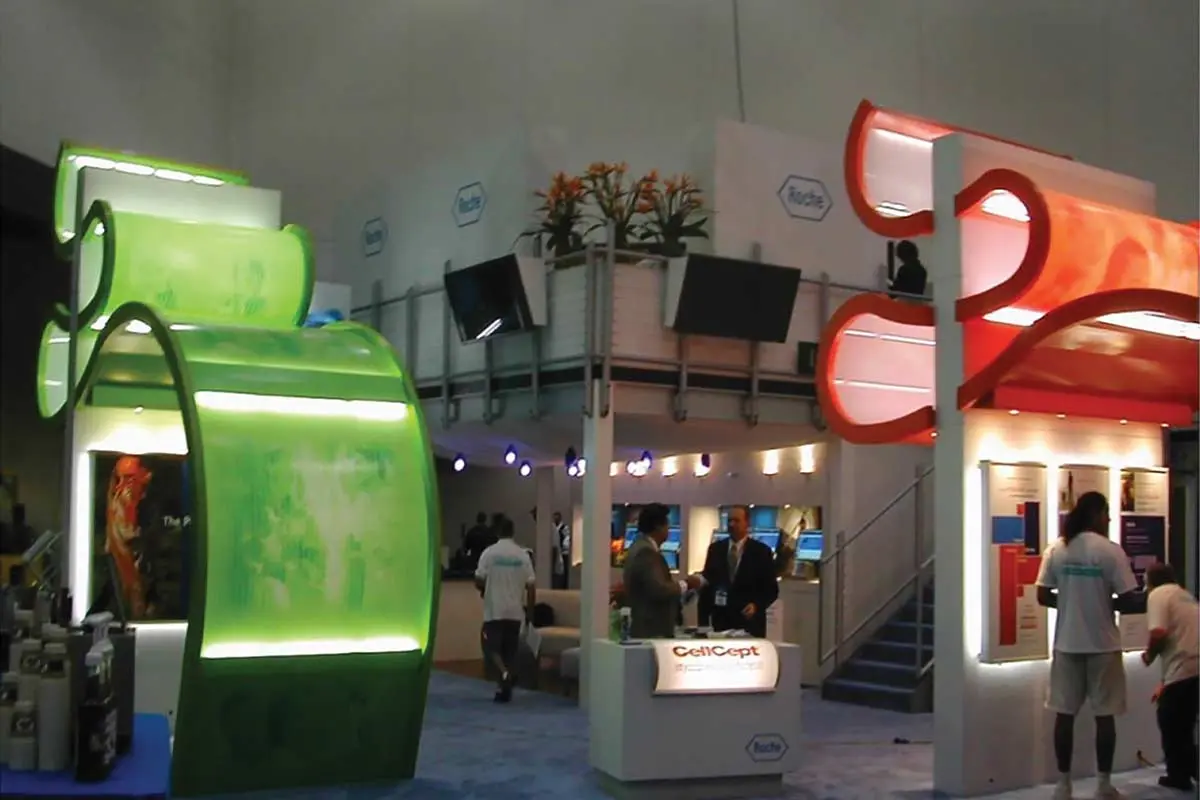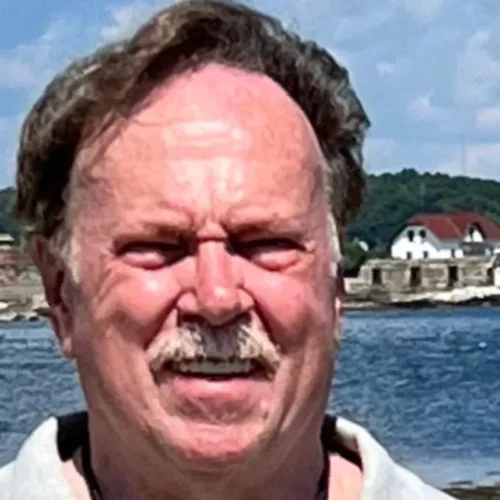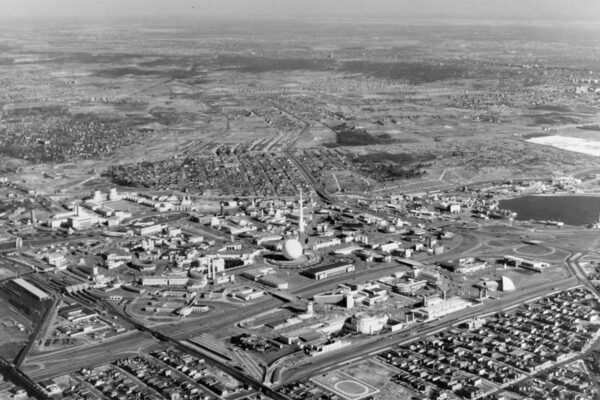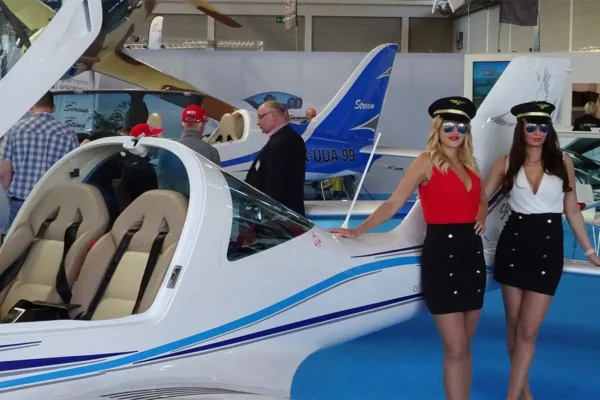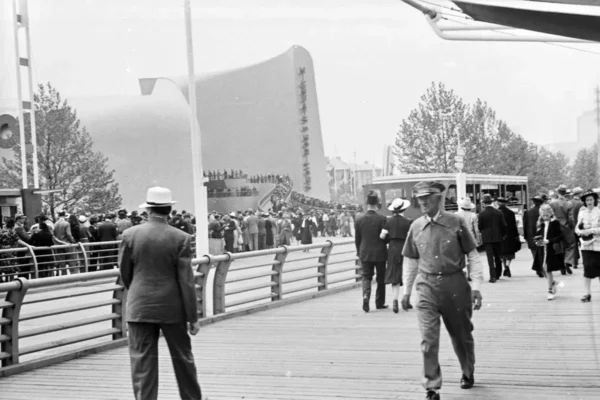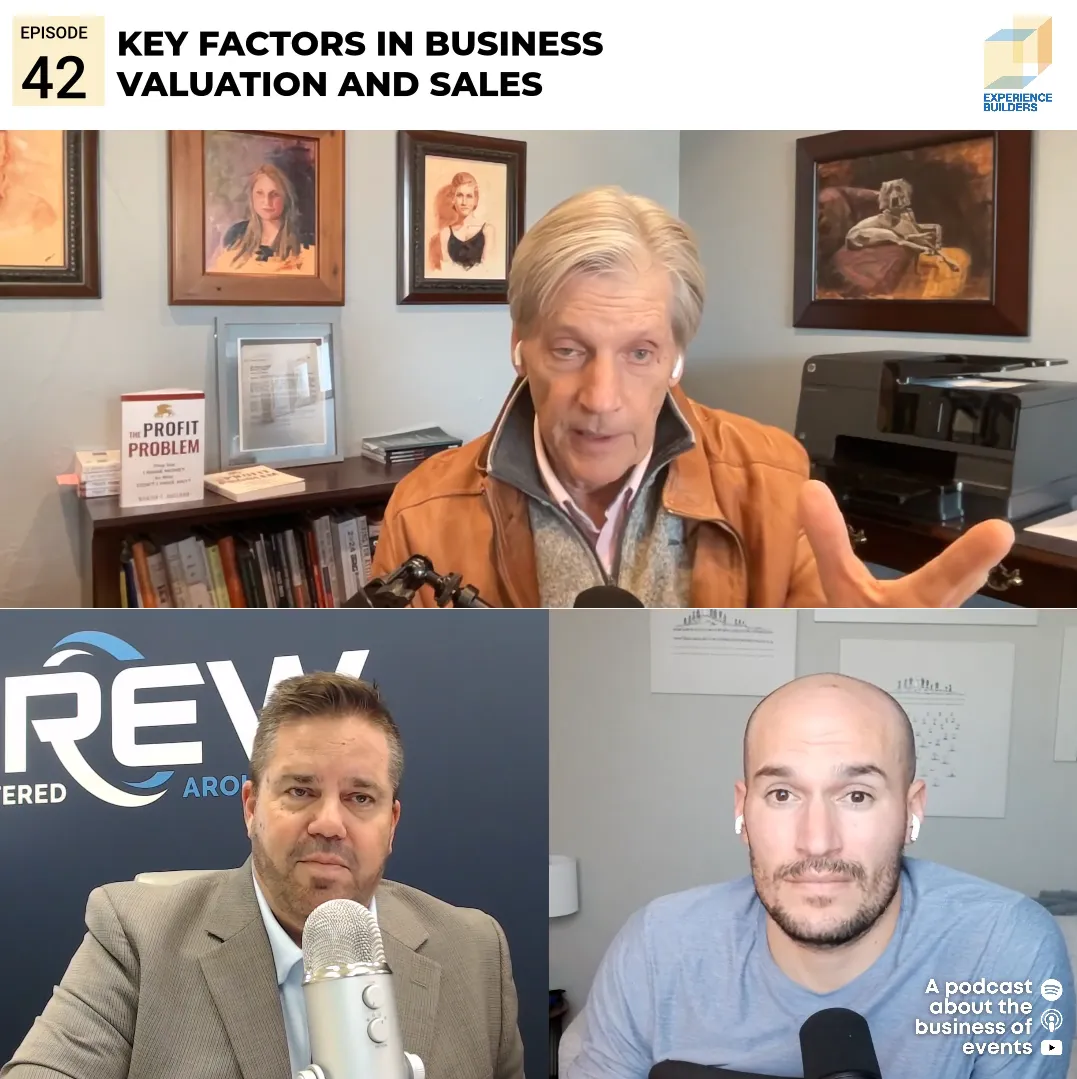During the first half of the 20th century, labor for installing tradeshows and events was typically supplied by the show organizer, their contractor, the venue, or a third-party supplier. Early general contractors included: Brede, Hale, Shepard, and Fern, all of which started before World War I. Freeman and GES were both founded between the World Wars, while Hargrove came to fruition after World War II.
Post War Expansion
After World War II, businesses nationwide retooled from military manufacturing to commercial production. Consumer spending ignited the economy and detonated a marketing explosion. Brands became more prevalent, and tradeshows began increasing in number and size during the ensuing decades. Show floor labor was typically supplied by the general contractor, supported by local unions. Display houses began populating the country. Exhibitors had a choice in builders, and in the complexity of the design. As exhibitors spent more money on displays, the exhibits became more intricate and challenging to build on the show floor, which produced a need for talented and trained installers.
The Evolution of Exhibitor Appointed Contractors
Excluding general contractors (discussed in a previous article), perhaps the first four businesses offering installation services in multiple cities were Sho-Aids, CB, Professional, and CSI.
Sho-Aids was established in 1953 by Louis Barry, a designer in New York City. That is where Andy Codamo got his start—installing retail window displays. Codamo purchased the company, moved it to Philadelphia in 1965, and incorporated it in 1973. Sho-Aids serviced the medical and pharmaceutical industry and developed the concept of dedicated teams traveling to different cities with the client’s exhibit. It’s likely that Sho-Aids was the first national, independent contractor offering exhibitors a choice in labor and service. Sho-Aids was also the industry’s first developmental “tree” with employees branching out starting their own companies—in turn developing new branches, and even new trees.
Ann and Carl Birsa started CB Displays in Chicago in 1969. In 1976, Dennis Birsa, their son, left Chicago to open the Las Vegas office, with the help of Paul Willet. CB was the first independent labor contractor in Vegas. They added General Contracting to their product offerings, became an Octanorm Service Partners member, and changed their name to CB Displays International. In the fall of 2021, after 52 years in the industry, and nearly five decades in Las Vegas, Dennis Birsa elected to close CB’s doors. He decided to, as he put it, “look forward to enjoying time on my yacht.”
Howard Oshman got his start with Sho-Aids in 1968, installing displays in New York City. In 1972, Howard and Marilyn Oshman opened Professional Exhibitors’ Services in Connecticut, providing show floor help in the northeast. Mike McGuckin worked for them in New York and in Atlantic City, moved to Preferred, then started ACES in 2000.
Les Bunge opened the Chicago office for Professional in 1979, then opened offices in Washington D.C. and California (1986). Les founded Laser Exhibitor Services in 1991. LES has a different business model—one with licensing agreements for local owner-operators. They currently have seventeen locations in the U.S. and Canada. Professional moved their headquarters to Florida in the early 80s and closed their doors in 2012.
Convention Services Inc. (CSI) was founded in 1972 by Danny Molinaro and Steve Cahill. They both worked for Sho-Aids in the 1960s and located their new company in a suburb of Philadelphia. Several people who first worked at CSI moved on to found other companies. Pat Alacqua, Tony Amodeo, and Jack McEntee left in 1979 to start I&D, Joe Nuzzi left in 1984 to start EIS, and Bert Taglianetti left the same year to start Preferred. CSI provides both I&D and General Contracting services, has offices in 17 states, and is now known as CSI Worldwide.
Jack McEntee was a coach and teacher before joining CSI in 1974. Five years later he, Pat Alaqua, and Tony Amodeo left CSI and founded I&D. They picked Atlanta as a base of operations in 1979 because of the upcoming tradeshow schedule.
The Georgia World Congress Center (GWCC) opened in 1976, and rapidly attracted business in the southeast. I&D’s first office was a small storefront operation in a strip mall in Clarkston, GA. They concentrated on training and personalized service. They offered the exhibitor a choice—not just in personnel, but also in consistency and accountability.
I&D grew through training, service, and aggressive sales. In the late 80s and early 90s, more than two dozen former I&D employees started their own businesses—including: Eagle (Joe and Steve Matanga, 1987), Renaissance (Steve Johnson,1989), Momentum (Randy Bott, 1991), Spectrum (Ron Mestichelli, Sam Miserendino, 1992), and Zenith (Mike Metzger, John Zimmerman, 1994)—in addition to others. I&D’s name changed to nth Degree in 1996, and the company was acquired by Lake Capital in 2001. nth acquired Zenith in 2017 and Renaissance in 2021. Their current parent company is MSouth Equity Partners.
In 1983, I&D filed an antitrust suit over the Offshore Technology Conference (OTC) in Houston being a closed show—the focus being that one company should not hold a monopoly on labor. The outcome was that exhibitors should have a right to choose their installation company. Up until this time, companies other than the general contractor were called “independent contractors.” The title “Exhibitor Appointed Contractor” didn’t originate until meeting in Dallas, Texas in January 1984, from discussions between Don Stacy, Don Walter, Paul Willet, Jim Wurm, and others.
The same year that I&D filed a lawsuit, Bill Nixon began providing labor on the show floor in Boston. In 1987, he founded Willwork to offer exhibitors and contractors a choice and a better service experience. Nixon added hands-on training to McEntee’s classroom instruction. His company grew quickly, responding to customers’ needs and wants, and by providing superior customer service. However, it wasn’t sufficient simply to recruit talent, talented people must be retained. The company expanded product lines into retail installations, general contracting, and private corporate events. Willwork has serviced clients in all 50 states, and numerous locations worldwide.
Bruce Green and Louis Genzano founded Coastal International in 1984. Initially on the west coast, they expanded to 12 offices nationwide. Tom Cassell founded CAS in Chicago in 1985; it merged with Momentum almost 20 years later. Joe DiBello opened Elite Trade Show Services in Chicago in 1996. Patrick Lancaster saw a need for a regional contractor in the mid-west; he opened his company in Indianapolis in 2000, and now has operations in 20 locations. Nu-Vista opened in Dallas in 2000. Chris Griffin started with Skyline in 1989 and opened Crew XP in 2001.
Numerous display houses offer show floor services as well. The Nagles purchased Czarnowski in 1967. The company initially opened in 1947, focusing on transportation and signage. They later provided display services and show floor labor in Chicago, then opened a construction facility in Atlanta in the early 80s. Czarnowski has 15 domestic and three international locations. ExhibitGroup and Giltspur, started with display houses (in Pittsburgh in 1950 for Giltspur; and in New York in 1955 for ExhibitGroup). They each began offering labor services in the late 70s, and both had national labor operations in the 80s. The two companies merged in 1996 with Giltspur’s Exposervices division managing the labor throughout the country. They later merged into GES in 2010.
Impact started On Location in 1991 and now have offices nationwide. In 1993, a consortium of independent exhibit designers and producers launched Sho-Link Incorporated to service the show floor exhibitors of their partner display houses. Bob Firks, formerly of Giltspur Chicago, was the founder of Sho-Link. Scott Rudel is the current President and has been with the company for 24 years. MC2 formed in 1999 and has 14 US locations. All of these companies offer (or offered) EAC services. Additionally, many general contractors, both large and not so large work as EACs on shows when other companies are the official general contractor.
Into the Future
Tradeshows today owe a debt to the visionaries, entrepreneurs, and companies of the past. As shows have increased in size and complexity, contractors have changed in tandem. The future will undoubtedly bring change—new mergers, acquisitions, startups, automation, and AI. Two things will remain constant: the business’s need for the face-to-face interaction of tradeshows, and the need for companies and people to produce such shows.
Willwork creates labor and technology solutions for experiential marketing applications, including tradeshow exhibits, corporate events, brand activations, and themed retail environments. Bob McGlincy is director, business management. He can be reached at Bob.McGlincy@willwork.com
The History of the Evolution of Tradeshow Labor began in Exhibit City News’ 2024 quarter 1 print and continued in the quarter 2 print (split online into two halves: one and two). With this the Evolution of Tradeshow Labor series is complete.
This story originally appeared in the Q3 2024 issue of Exhibit City News, p. 70. For original layout or to read the full story, visit https://issuu.com/exhibitcitynews/docs/ecn_q3_2024/70.






